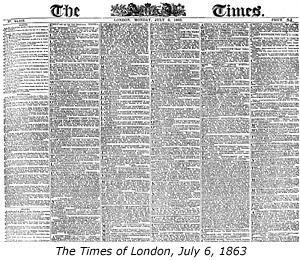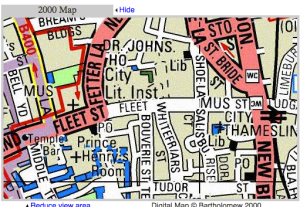While browsing through the Victorian London Dictionary trying to look for an article that would intrigue and catch my interest, I finally found the one! SHOPPING – Something that I know how to do best….
While perusing through the article called “Ladies Shopping” I came across a quite accurate definition of shopping, if I do say so myself. As defined by The London Victorian Dictionary, “Shopping is the amusement of spending money at shops.” Women love shopping as much as men love to play sports. Unlike shopping, sport involves the payment of one’s own shot, however shopping may be maintained by getting it paid for.
During Victorian London, the best places for shopping were fashionable streets and bazaars. Street-shopping essentially is directed toward hosiery, drapery, and jewelry of the richer sort. Bazaar and Arcade-shopping, to fancy articles, nick nacks, and perfumery. I learned that women had to act differently depending on the type of shopping they are doing. “In street-shopping walk leisurely along, keeping a sharp look-out on the windows. In bazaar-shopping, beat each stall separately.” They also advised women to finish street-shopping before she takes on the bazaars and arcades because the last two refer to mostly articles of no manner of use.
I chose this article because I really enjoy going shopping and I found it fascinating how the diversion and entertainment of shopping has evolved over the years.















